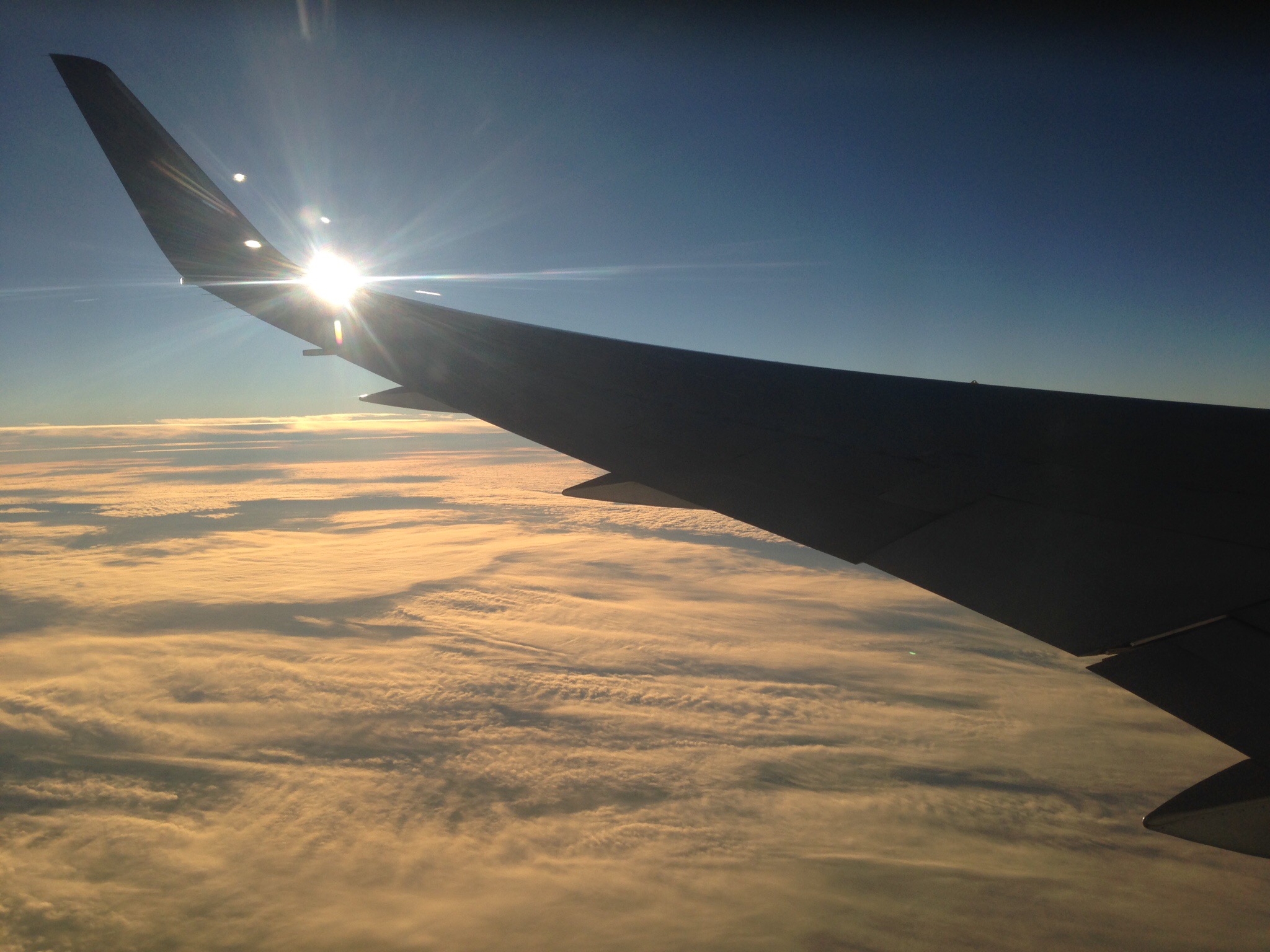When restrictions came off flying to France early last summer, I booked my flight to Paris and flew late June.
Upon arrival, I treated myself to a taxi through the city to Gare Montparnasse. What an exhale.
Double-vaccinated, masked up, all requirements addressed, the trip itself was great. Arrival was greater!
I flew Iceland Air through Rekyjavik with a short layover.
The extra layers now added on to a journey given the pandemic, are just that; layers to traipse through. They make it a little more taxing, but in all honesty the flights themselves? Are pretty much what you expect from your favorite long-haul carriers. For instance, my latest flight back to the USA was Air France operated by their partner, Delta. They served standard hot meals, open bar and plentiful snacks in the rear.
Iceland Air, on the other hand, as of my last flight via Rekyjavik in September, was still more stringent with stripped-down quick fix snack-type meals. THE POINT: research who is offering what when you are ticket shopping.
But let’s get back to when you first get to the airport. When you fly internationally to France, there are hoops to go through. Remember, security pre-Covid was already cantankerous with all the safety measures put in place over the last decade. Add masks and proof of vaccination to the mix, and you have — more layers.
Vaccinations must be proven at check-in or at the gate, as well as antigen tests no later than 72 hours prior to your first departure on the long-haul. Check your airline for their specific requirements. You will be turned away if you don’t meet them.
EVERYONE on board is required to wear and keep their masks on. Flight crews monitors this closely.
There are signs everywhere of the domino fallout from our last two years in quarantine; on-the-ground staff shortages, closed restaurants, and long waits at take-out counters. Carry snacks to fill the gaps. There are also signs of re-openings everywhere — things are improving — more and more shops are open and food is available, although your favorite restaurant may not be open for a relaxing interlude.
One of the things that stood out for me this summer with back-to-back round trips to Europe, was the sheer number of travelers. Thousands and thousands have hit the skies. There were moments I had to think twice about the pandemic we are within because you wouldn’t know the last two years of pause even existed.
But let’s get specific and talk entry requirements into France. By now, you’ve pretty much fulfilled all the requirements to even get on the plane! Most of the work is behind you. En fait once on the ground at CDG or Orly there is nothing to do but move through customs. Once through the gates, however, first thing you’ll want to to do is procure your own passe sanitaire. Hotels, restaurants, museums, trains, all check for your passe.
The French government has gone through many iterations to provide a site for Americans to upload their vaccine information so they can meet requirements for the passe. The system itself allows you to download a QR code into your smartphone to show wherever you go, and it gets scanned.
As of this writing, latest iteration is the government has authorized pharmacies in France to issue the passe sanitaire for about 36 euros.
Gather all your documents, find the closest pharmacy.
NOTE: When you get your passe sanitaire, you are in the French system. But if you are not using a French mobile (if it is a U.S. phone or outside the EU phone), it might not load. The pharmacy will give you a printout of your passe. Take two photos of this printout:
1) the QR code you can make bigger when asked to show your passe, and
2) the entire sheet that includes the dates of vaccination. This is what they will want to see; the dates.
As well, have the paper printout ready to show. This is your golden ticket.
If you’re overnighting before arriving at your final destination, haven’t seen a pharmacy en route and don’t yet have your passe, you leave yourself open to random permission to enter. Be sure to carry your paper vaccine certificate and any other authorizing documents.
All in all, if you are considering an international jaunt, you’ll be relieved to know it’s not as formidable as it might seem when viewing from your armchair.
There are, as always, a thousand details. And, as always, once you arrive, the long-planned logistics of the trip fall by the wayside and you’re right where you want to be.
Safe Travels!







